Study, work or travel in the UK. British
culture and life.


Visit Reims (Rheims) in France
|
|
Study, work or travel in the UK. British
culture and life.
|
|
||
|
|
|
|
||
 |
||||
|
|
||||
 |
||||
|
Visit Reims (Rheims) in France
|
||||
|
Sections:
|
Introduction | |
| Porte Mars & Cryptoportique (Roman remains) | ||
| Saint Remi Basilica & Museum | ||
| Reims Cathedral | ||
| Hôtel le Vergeur | ||
| Hôtel de Ville / Place Royale | ||
| Champagne houses | ||
| Musée des Beaux Arts (fine arts museum) | ||
| Monument aux Morts (war memorial) | ||
| Musée de la Reddition (surrender museum) | ||
| Chapelle Foujita (Foujita chapel) | ||
| Souvenirs | ||
| Further information | ||
| Links |
|
INTRODUCTION
|
 Reims station |
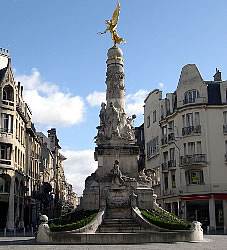 The Subé fountain, Place Drouet d'Erlon |
|
|
Alsace
Lorraine Champagne Green Guide Publisher: Michelin Date: March 2006 |
|
PORTE MARS & CRYPTOPORTICO
|
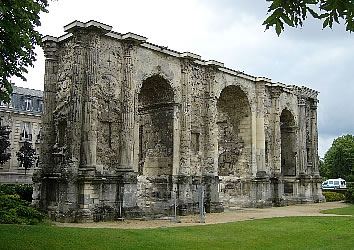 Porte Mars (the Mars Gate) |
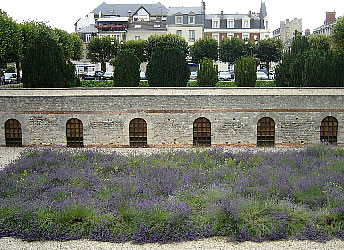 The cryptoportico in the Forum square |
|
SAINT REMI BASILICA & MUSEUM
|
|
CLOVIS
|
| The western part of the Roman Empire started to fall apart towards the end of the 5th century. A man called Clovis became the first king to lead all of the German tribes known as the Franks, and he went on to conquer most of the old Roman province of Gaul (the country is now called "France" because it was controlled at this time by the Franks). Clovis converted to the Roman Catholic faith and was baptised by Remigius (Saint Remi) in Reims at the end of the 5th century. This made France the first Catholic state and led to the tradition of crowning French kings at Reims Cathedral. Many of the kings who were crowned here were called Louis: this name was based on Clovis, with the first letter "c" removed (the letters "u" and "v" were the same at that time). |
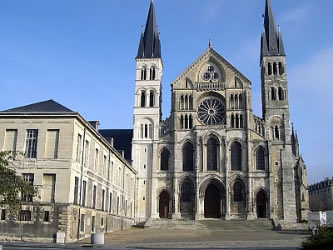 St Remi Basilica |
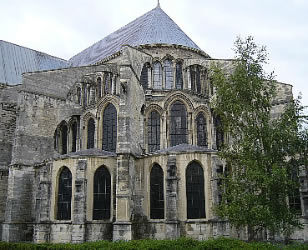 The eastern end of the church (chevet) |
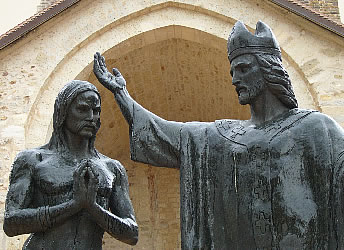 Statue of the Baptism of Clovis |
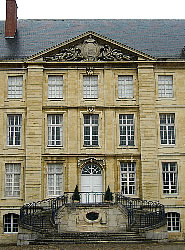 Entrance to St Remi Museum |
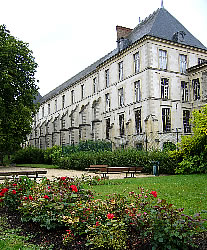 Side section of the museum |
|
REIMS CATHEDRAL
|
|
JOAN OF ARC
|
| Starting in 1337 there was a long war between England and France called the Hundred Years War. Following an English victory at Agincourt in 1415, a large part of northern France was under English control. A young peasant girl known as Joan of Arc (or Jeanne d'Arc in French) claimed that she had seen visions from God, telling her that she must drive the English out of her homeland and help Charles the Seventh to be crowned as king of France. Charles was impressed by her passion and belief, so he sent the young woman to lead an army to Orleans, which was under siege by the English. After only nine days the siege had been lifted. The French soldiers, inspired by Joan of Arc, quickly won several more victories and forced the English to retreat. In 1429 Charles the Seventh was crowned king at Reims Cathedral, in the presence of Joan of Arc. After this great success Joan of Arc continued to fight, but two years later she was captured and handed over to the English authorities. She was taken to Rouen in northern France, where she was put on trial and found guilty of heresy (a crime against the Church). The punishment for this crime was to be tied to a wooden stake and burnt alive (she was still only 19 years old when she died). To the French people she was a great heroine and a martyr (because she had died for her belief). In 1920 the Catholic Church made her a saint. |
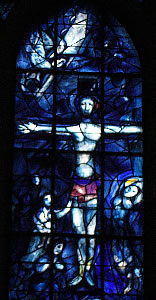 Part of a stained-glass window by Marc Chagall |
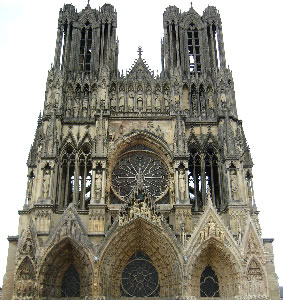 The front view of the cathedral |
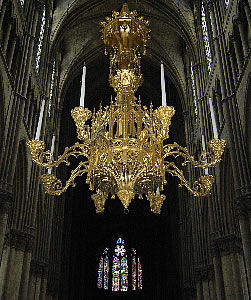 The nave (looking towards the altar) |
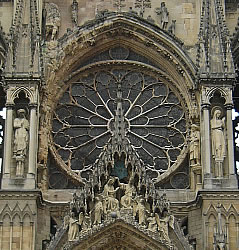 The Great Rose window (in the centre) |
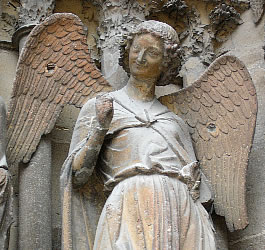 The Smiling Angel (left entrance) |
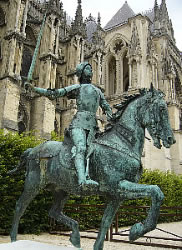 Statue of Joan of Arc on horseback |
 |
High
Gothic: The Classic Cathedrals of Chartres, Reims, Amiens Author: Hans Jantzen Publisher: Princeton University Press Date: March 1984 |
 |
Joan
of Arc: Maid, Myth and History Author: Timothy Wilson-Smith Publisher: Sutton Publishing Ltd Date: June 2006 |
|
HOTEL LE VERGEUR
|
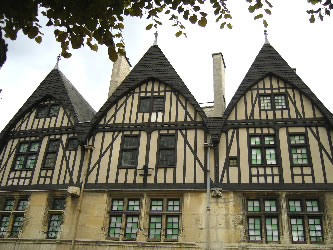 Hôtel le Vergeur |
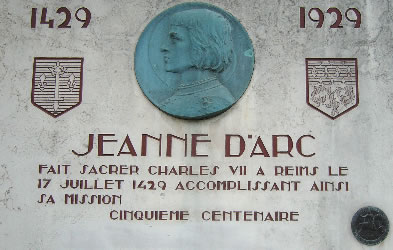 Plaque marking 500 years since Charles the Seventh's coronation |
|
HOTEL DE VILLE / PLACE ROYALE
|
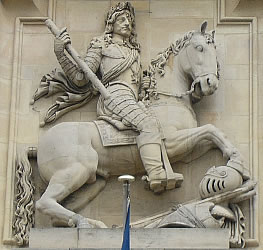 Statue of King Louis the Thirteenth above the main entrance to the Town Hall |
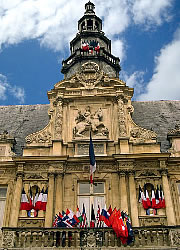 The Hôtel de Ville (Town Hall) |
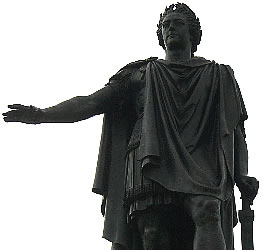 Statue of Louis the Fifteenth in Place Royale (dressed like a Roman emperor) |
|
CHAMPAGNE HOUSES
|
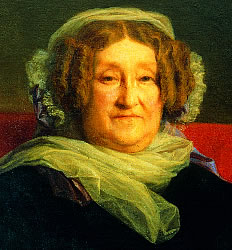 Veuve Clicquot |
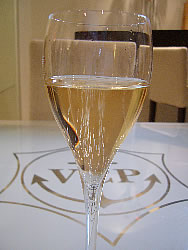 A glass of champagne |
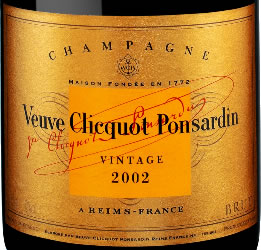 The label of a vintage champagne |
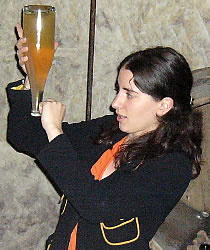 Guide explains the production process |
 Bottles stored underground in the champagne cellars |
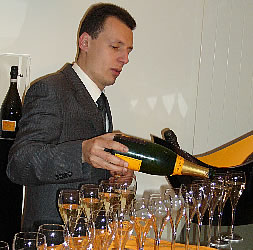 Champagne sampling at the end of the tour |
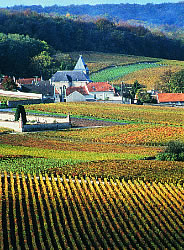 Vineyards near Reims |
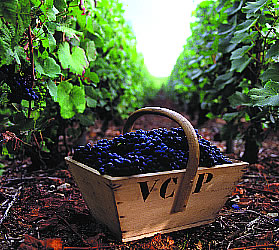 Harvesting the grapes |
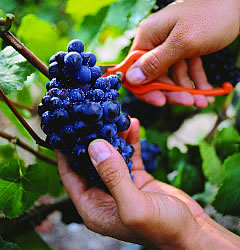 Cutting the grapes from the vines |
 |
Destination
Champagne: The Individual Traveller's Guide to Champagne - The Region and
Its Wines Author: Philippe Boucheron Publisher: Wine Destination Publications Date: May 2005 |
 |
The
Little Book of Champagne Author: Christian Pessey Publisher: Flammarion Date: November 2002 |
|
MUSEE DES BEAUX ARTS
|
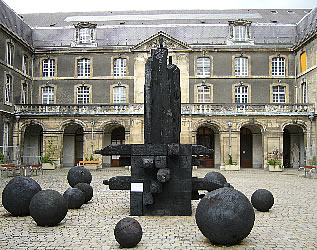 The courtyard of the Musée des Beaux Arts |
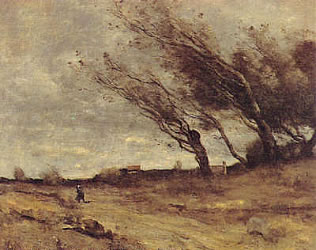 "Le Coup de Vent" by Camille Corot (1870s) |
|
MONUMENT AUX MORTS
|
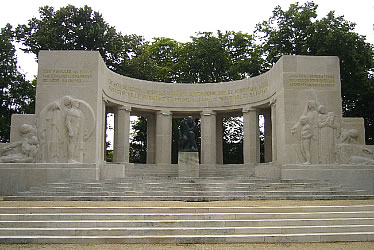 War Memorial |
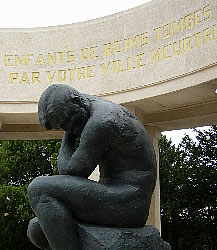 Statue in the centre of the monument |
|
MUSEE DE LA REDDITION
|
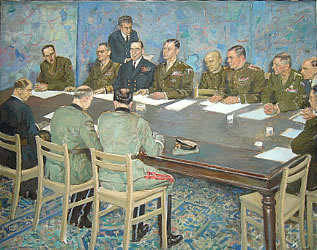 Painting of the signing of the surrender agreement |
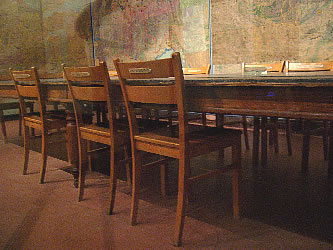 The seats of the German officials at the surrender |
|
CHAPELLE FOUJITA
|
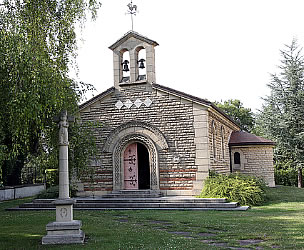 |
| Glory
in a Line: A Life of Foujita--The Artist Caught Between East and West Author: Phyllis Birnbaum Publisher: Faber & Faber Date: November 2007 |
 |
The
Cafe (art poster print - 56cm x 71cm) Artist: Tsuguharu Foujita |
|
SOUVENIRS
|
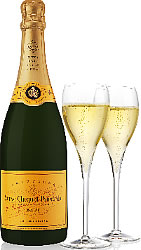 Champagne |
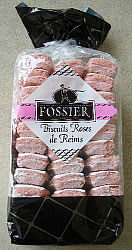 Biscuits roses ... |
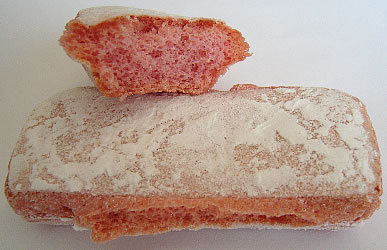 ... pink, crunchy but soft biscuits covered with icing sugar |
|
FURTHER INFORMATION
|
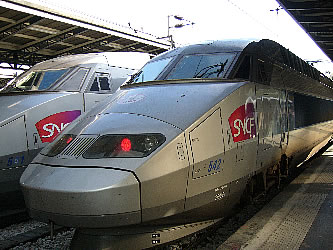 Take a TGV Est train to go from Paris to Reims |
 On board a TGV Est train |
|
|
|